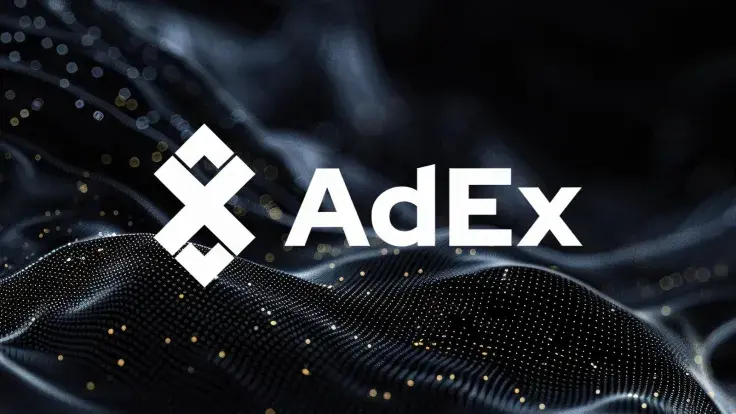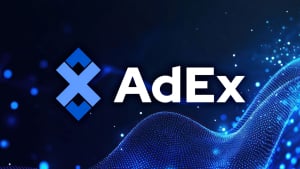
AdEx, a developer of UX-focused Web3 infrastructure products, announced the launch of the AURA API, an open-source framework designed to bring autonomous AI agents on-chain. Also, AdEx is kickstarting a hackathon for on-chain AI engineers with $12,000 in prizes.
AdEx launches public API solution and on-chain hackathon
AdEx, a pioneering platform for UX-centric Web3 infrastructure, launches its first public API. With AURA API, Web3 enthusiasts can develop applications — from wallets to marketplaces — in a Lego-like manner.
AURA is a Web3 AI agent framework that transforms raw blockchain data into personalized portfolio strategies. Analyzing user activity, assets and market trends, AURA autonomously surfaces high-impact opportunities, including airdrops, DeFi yield, NFT mints and liquidation risks, guiding users to act without requiring prompts or manual oversight.
In addition, starting from Sept. 22, 2025, AdEx will be running a 30-day hackathon with $12,000 in prizes, giving developers the chance to explore new frontiers in AI-driven Web3 applications.
By offering simple integrations as well as room for deeper innovation, the API allows builders to create products that can reason about user actions, deliver context-aware insights and even execute strategies on-chain.
With Model Context Protocol (MCP) compatibility, AURA also connects naturally to platforms like Claude and ChatGPT, opening the door to AI-native interfaces for Web3.
Where AI agent infrastructure meets Web3
Launching the API and hackathon together, AdEx looks to demonstrate real-world use cases while attracting partnerships and developer talent to build on top of the framework. The goal is to catalyze long-term ecosystem growth, where developers integrate AURA into existing platforms and contribute new SDK modules, governance strategies and MCP connections.
In doing so, AURA advances the frontier of autonomous on-chain intelligence, bringing personalized, real-time AI to the blockchain economy.
As covered by U.Today previously, AdEx launched AURA AI-powered product in May 2025. It started as an analysis protocol for on-chain activity.
The solution gained traction amid cryptocurrency traders and Web3 enthusiasts interested in employing AI in their experiences.

 Dan Burgin
Dan Burgin Vladislav Sopov
Vladislav Sopov U.Today Editorial Team
U.Today Editorial Team